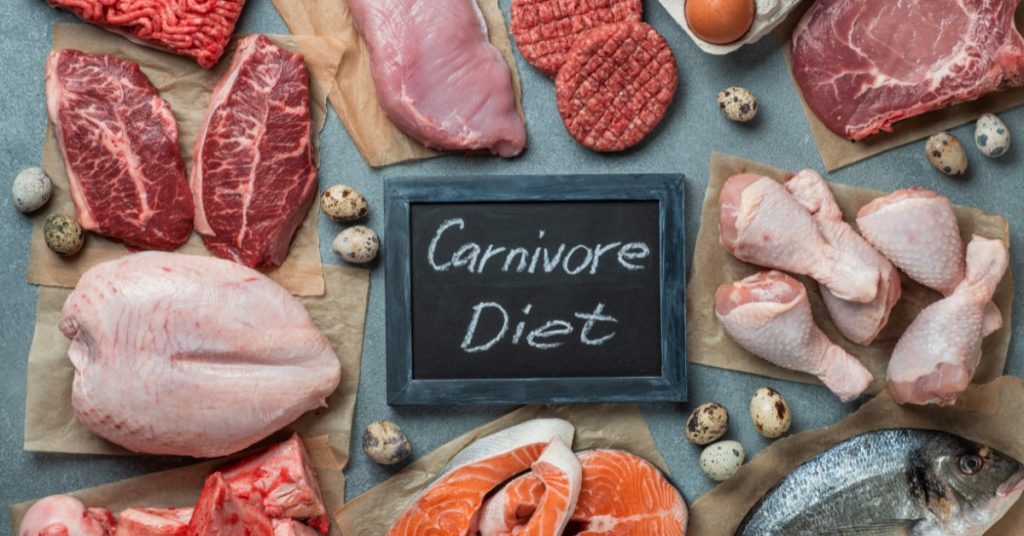What is Sjögren's Syndrome?
Sjögren’s syndrome is named after Swedish ophthalmologist Henrik Sjögren, who first described the condition in 1933. It’s also sometimes referred to as “Sjögren’s disease”.
With Sjögren’s syndrome, the immune system mistakenly attacks the glands responsible for producing tears and saliva. This includes the tear ducts and salivary glands. As a result, the glands cannot produce enough moisture, leading to chronic dryness.
Common Symptoms
- Dry eyes and irritation
- Dry mouth, difficulty swallowing
- Joint pain and stiffness
- Fatigue
- Dry skin
- Vaginal dryness
- Respiratory issues like coughing
Sjögren’s syndrome can occur alone as primary Sjögren’s, or develop alongside another autoimmune disorder like rheumatoid arthritis as secondary Sjögren’s. It primarily affects women, with a typical onset between ages 40 and 60.
While bothersome, for many the symptoms of Sjögren’s syndrome are manageable. However, serious complications can sometimes develop, like dental cavities, swollen salivary glands, and corneal damage from chronic dry eyes.
The Autoimmune Protocol and Carnivore Diets for Sjögren's
Some patients with autoimmune disorders like Sjögren’s syndrome find relief through making changes to their diets. Two options are the Autoimmune Protocol (AIP) diet and the carnivore diet.
Autoimmune Protocol Overview
The AIP diet aims to eliminate foods that trigger or worsen immune reactions. It’s not meant as a permanent diet, but rather as an elimination phase. Foods are later reintroduced one at a time to test tolerance.
On AIP, you remove grains, legumes, nightshades, dairy, eggs, nuts, seeds, alcohol, coffee, and foods with additives. This leaves a diet centered around vegetables, fruits, meats, fish, herbs, and healthy fats like olive oil.
Carnivore Diet Overview
Proponents claim this very restrictive diet can improve autoimmune symptoms by removing foods that the immune system could react to. However, most experts do not recommend long-term carnivore diets due to potential nutrient deficiencies and other risks.
Evaluating the Carnivore Diet for Sjögren's Syndrome
Given the very limited range of foods allowed, the carnivore diet is an extreme change for most people. Here are some key considerations for those with Sjögren’s syndrome interested in trying this diet.
Possible Benefits
⦁ Eliminates foods that may trigger inflammation or immune reactions
⦁ May reduce inflammatory biomarkers for some people
⦁ Anecdotal reports of improvement in dryness symptoms
Potential Drawbacks and Risks
⦁ Difficult to adhere to long-term due to restrictiveness
⦁ Risk of nutritional deficiencies over time
⦁ May worsen cholesterol levels
⦁ Lack of research on effectiveness and long-term safety
As with any elimination diet, the carnivore diet temporarily removes many foods from your system. For some people this can help identify triggers. However, extended restrictions increase potential for deficiencies.
Read: Homeopathic Remedies for Dry Mouth
Implementing a Carnivore Trial
If you decide to experiment with a carnivore diet, speak to your healthcare provider first and take steps to reduce risks.
Planning Tips
⦁ Focus on high quality proteins like grass-fed beef, wild-caught fish, and pasture-raised eggs
⦁ Incorporate organ meats for micronutrients
⦁ Consider supplements if doing long-term (like vitamin C)
⦁ Drink sufficient water and mineral-rich bone broth
⦁ Monitor symptoms and bloodwork
⦁ Reintroduce other foods slowly after 1-2 months
Caution About Dairy
Many people with autoimmune disorders react to dairy proteins like casein and whey. Go dairy-free if you try carnivore. After reintroduction, sheep or goat milk products may be better tolerated.
Other Diet Strategies for Sjögren's Syndrome
The carnivore diet is extreme and not right for everyone. If you have Sjögren’s syndrome, there are other dietary approaches to discuss with your healthcare team:
⦁ Autoimmune Protocol – As described above, this elimination diet removes inflammatory foods, but includes more plant variety than carnivore.
⦁ Mediterranean Diet – Abundant fruits, vegetables, olive oil, fish and other healthy fats. Shown to reduce inflammation.
⦁ Low-histamine diet – Histamine intolerance may contribute to symptoms for some patients. Avoiding high-histamine foods like aged cheeses, wine, and smoked meat can help.
⦁ Ketogenic diet – Very low carb, high fat diet that may help reduce inflammation and autoimmune symptoms for some people.
The carnivore diet is a restrictive approach that may provide some symptomatic relief for those with Sjögren’s syndrome by eliminating potential triggers. However, it comes with significant downsides and risks if followed long-term. Work with your healthcare team to explore diet strategies that are nutritionally balanced and sustainable for your needs. Small targeted changes can make a big difference.













